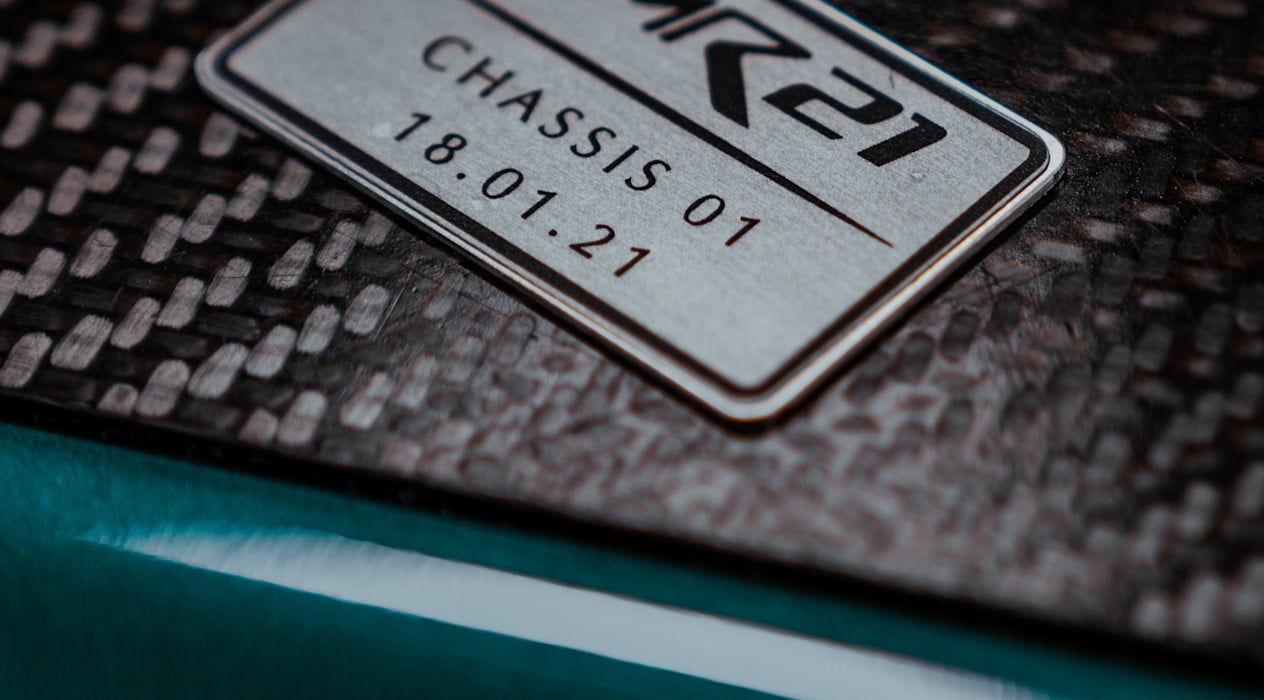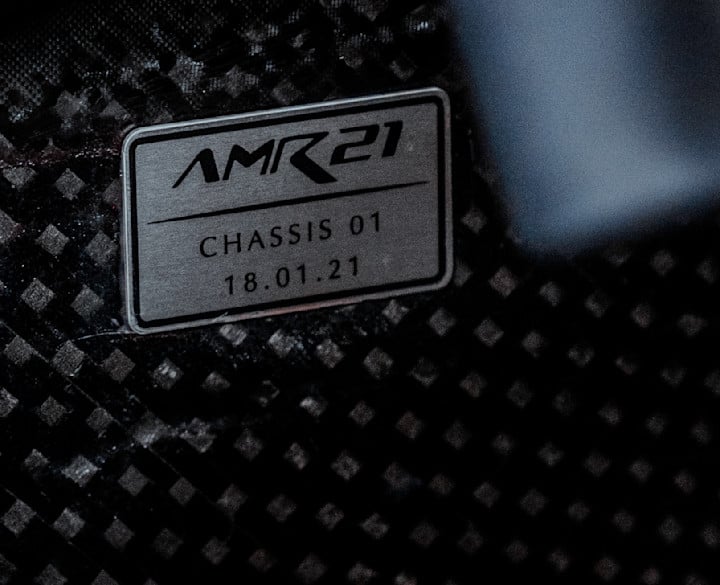
The first Aston Martin Grand Prix car in 61 years is almost here. And we’re delighted to share the news that the 2021 Aston Martin Cognizant Formula One™ Team car is officially named: AMR21.
Like all Aston Martins that have come before, stretching back to Lionel Martin and Robert Bamford’s first Grand Prix machine in 1922, the 2021 car has been created with Aston Martin’s trademark eye for detail, precision and innovation.
The AMR21 will be revealed to the world when fans and partners world-over #UnlockTheVault in a virtual launch event on March 3, and from inception to the unveiling, the challenger will have been created in just under a year.
The AMR21’s journey has taken place while Formula One and all its teams, alongside the FIA, have observed strict protocols in the face of a global situation, which also influenced the 2021 technical regulations.
Roughly 50% of the 2020 car’s DNA has carried into the 2021 machine as the FIA mandated much of last year’s chassis is carried forward in a bid to help reduce development costs around COVID-19 restrictions.
But don’t believe for a moment that the never-ending desire to find an edge has been dimmed – developments such as surface-area aerodynamics and a token system for homologated parts means innovation is still front and centre.
These considerations are at the forefront of the AMR21’s genesis, which began in August 2020 as the technical team began to work on the concept, alongside racing in the 2020 season. Early on, this involves the Chief Designer and aerodynamicists, before more of the team are moved onto the upcoming car as the season progresses towards its conclusion.
Design work begins with CAD software, as Technical Director Andrew Green explains: "All the aero components are designed by the aerodynamics team using Catia CAD. These models are then imported into CFD, processed, and the results analysed.
“We, as a team, develop the CFD too, so ultimately, it’s only as good as we can make it. It is highly optimised to work with Formula One cars and, as it develops, it becomes increasingly powerful."
Various stages of car design then continue from August right up until January but deciding the specification of parts is time-sensitive. Once CFD has helped inform the direction of design through modelling, the windtunnel can come into play. For more ‘basic’ parts, it can be a two-week process to create a physical part from CFD designs and then test it in the windtunnel. For more performance-critical parts, it can take eight to 10 weeks – not to mention over a month of manufacturing afterwards should the part be taken forward.
Creating the AMR21
Preparing the AMR21. Aston Martin Cognizant Formula One™ Team is ready for Aston Martin's return after 61 years away from Formula One.

Balancing windtunnel use is also essential. From 2021 onwards, the higher a team finishes in the Constructors’ Championship, the less time it is permitted for aero development. As Green explains, the team takes the view that windtunnel time is “a flexible arrangement and is dependent upon the type of development work being carried out and the time available to do the work”.
After the windtunnel testing and once a specification has been finalised, the parts are sent to manufacture – a crucial point on the timeline as elements such as a steering rack have a long-lead time, meaning it can take 12-16 weeks to complete. As such, parts of this nature tend to be designed and released for manufacture by November.
"There's quite a lot of development to parts. When we design a part, we'll take it to R&D and get it tested, inspected and proof-loaded,” explains Bob Halliwell, the team’s Production Director.
“We might lose half a dozen items along the way through constant iterations. If a part passes the first time, we're almost not happy with that because that probably means we can improve the performance of the part, potentially by removing weight. There is a lot of prototyping of parts done to find an optimum solution."
The plan is to have the design of components, of which there’s over 15,000 in a single Formula One car, set in place and well into production to ensure chassis are in the race bays by the end of January, ready for the season to begin in March.
The completion of the chassis is one of the essential deadlines to hit, considering the importance of the FIA’s safety tests.
Time is built into the production schedule to allow for thorough safety testing undertaken by Design, R&D and Inspection. Manufactured parts are put through various inspection tests and proof-loading and no part can move forward without being fully signed off.
For so many stages of design and build to happen on time, precise and detailed cooperation – through regular meetings and enterprise software from Official Suppliers such as IFS – is crucial to ensure a timeline is maintained and adapted when required.

Having Aston Martin behind us is enabling us to move forward. It has been a big change for us and it's very exciting.
"There's a weekly meeting between the design office leaders and production control,” explains Halliwell. “They're going through all the new bits that are going to come up and then they're put into a schedule that's tracking them on a week-by-week basis, monitoring progress in Design and Manufacture and feeding back to ensure we meet the deadline of car build or a particular race upgrade.
"Making sure everybody understands what we're working on next and that the right bits arrive at the right time for assembly is crucial."
But while a timeline and goals are crucial, there’s no specific endpoint to building the 2021 car. While various cut-off points are enacted to ensure the AMR21 is built on time, there’s always a trade-off as the team seeks to ensure every performance gain is found.
Development and the constant drive for improvement mean avenues and potential gains can always be found – but getting them onto the car in a timely fashion is the challenge. There can often be a debate over whether to work an upgrade into the production schedule for the car, or whether to introduce it as an upgrade package during testing or the 2021 season.
While the AMR21’s initial specification is now finalised, the team is already working on upgrade packages to appear early in the 2021 season. Put simply, development never stops, which is why the Aston Martin Cognizant Formula One™ Team began work in January on the 2022 car for Formula One’s technical revolution.
The AMR21 heralds the return of the famous Aston Martin name to Formula One and the excitement for the new era has helped power its development.
"I think it [Aston Martin's arrival] made everybody up their game and their attention to detail, that desire to always improve,” adds Halliwell. “We're taking on more technical people to enable us to build up and develop in all areas across the business, but in a controlled way.
“Having Aston Martin behind us is enabling us to move forward and get these things put in place. It has been a big change for us and it's very exciting."
And that excitement has helped 500 men and women play their part in creating the next Aston Martin Grand Prix challenger. We know there’s huge anticipation for the AMR21 and we can’t wait to unveil it on March 3.




























